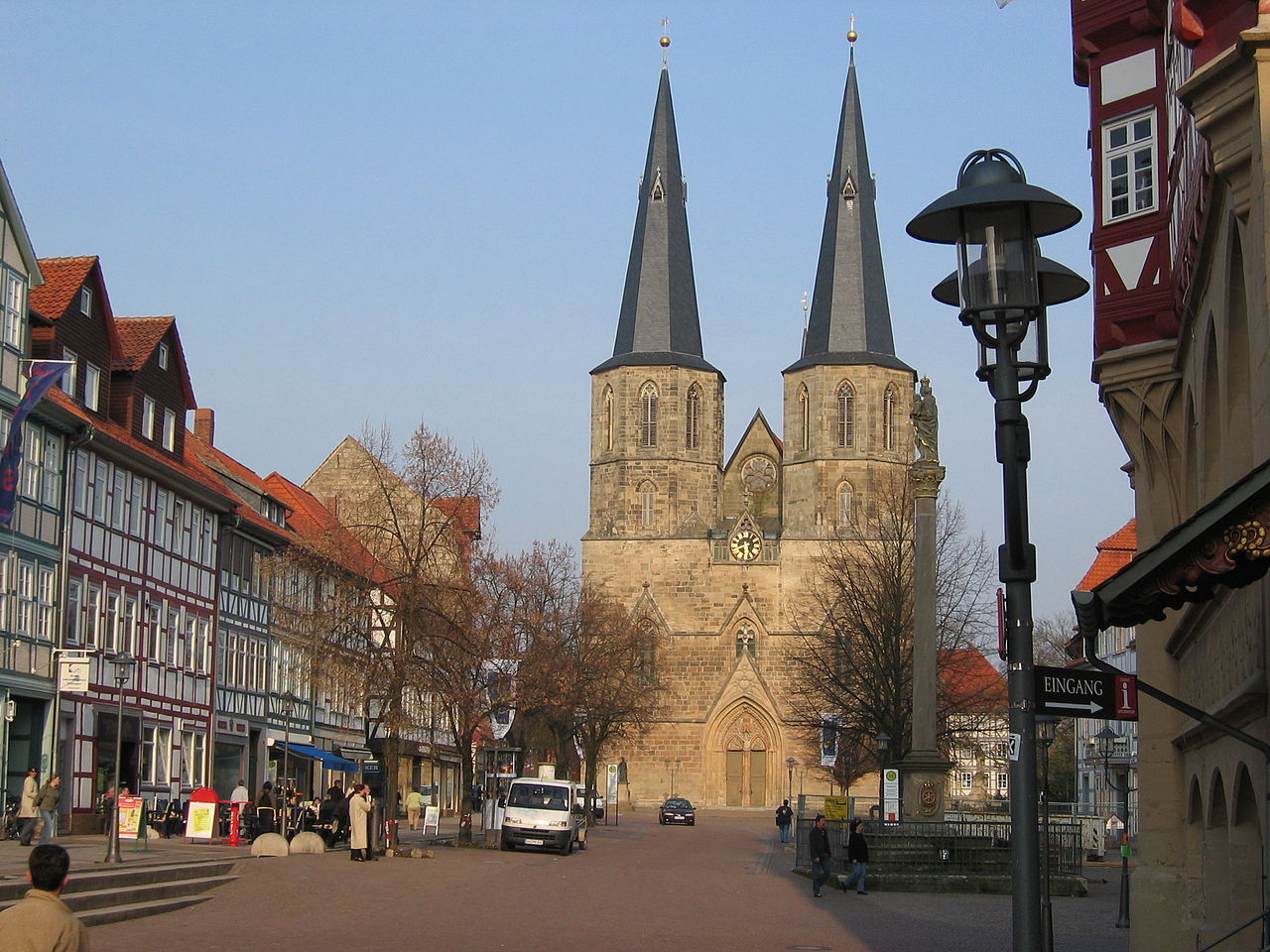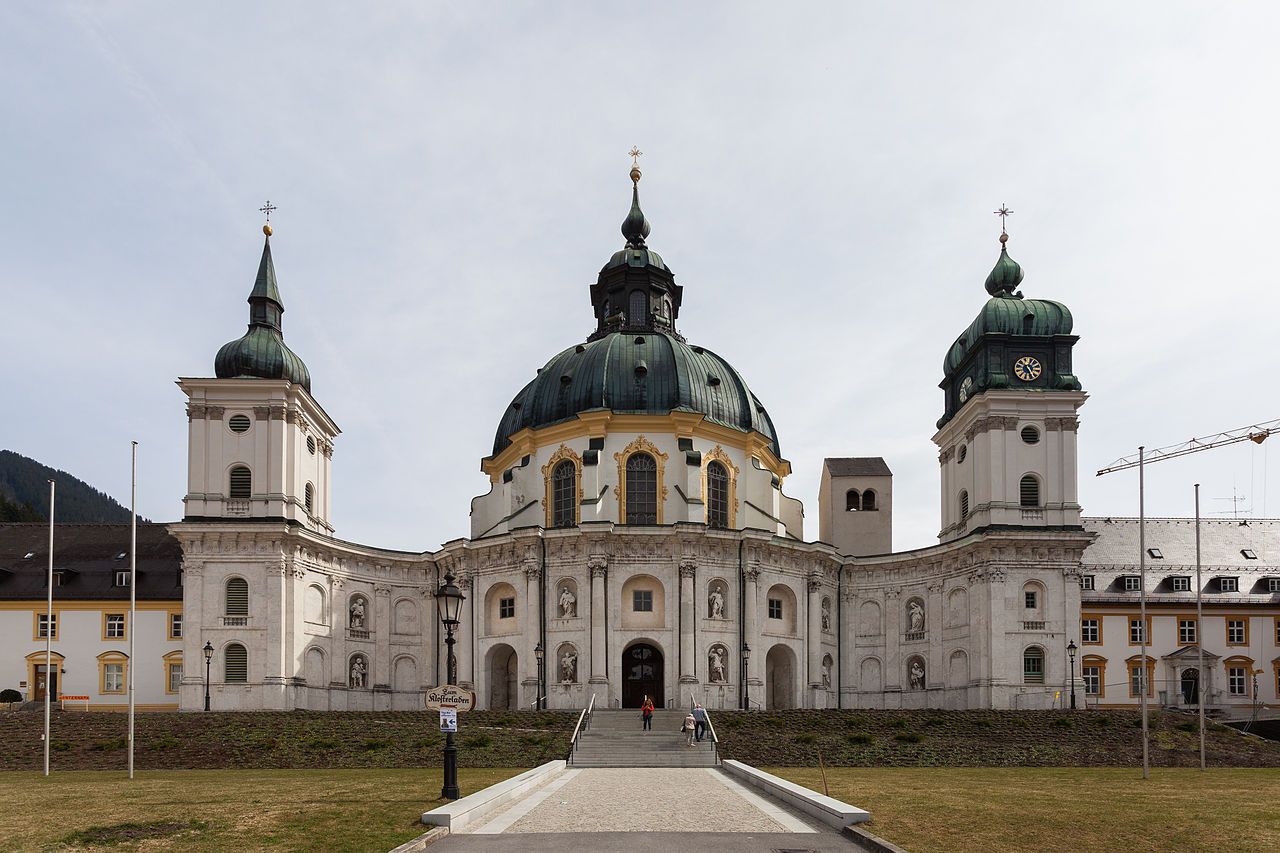
The Blessed Virgin Mary
is Crowned Queen of Heaven
by Her Beloved Son,
Illustration: CALEFACTORY.ORG
"Regina Caeli".
Composed by
Marco Frisina.
Available on YouTube at
Regina Caeli Laetare, alleluia:
Quia quem meruisti portare, alleluia.
Resurrexit, sicut dixit, alleluia.
Ora pro nobis Deum, alleluia.
Gaude et Laetare, Virgo Maria, alleluia.
Surrexit quia Dominus vere, alleluia.
Queen of Heaven, rejoice, alleluia.
The Son Whom do you merited to bear, alleluia.
He has risen, as He said, alleluia.
Pray for us to God, alleluia.
Rejoice and be glad, O Virgin Mary, alleluia.
For The Lord has truly risen, alleluia.
The Virgin and Infant Jesus
with Angels.
Artist: William-Adolphe Bouguereau (1825–1905).
Date: 1900.
Current location: Petit Palais, Paris, France.
Source/Photographer: Art Renewal Center – description
Copied from the English Wikipedia to Commons.
(Wikimedia Commons)


























